How Long Should You Run a Humidifier in a Bedroom?
 The ideal daily relative humidity between 30-50%. humidifier runtime for a bedroom is however long needed to keep Most humidifiers take 30 minutes to an hour to raise humidity 5-10%. Consider factors like room size, humidifier capacity and occupancy to determine runtime.
The ideal daily relative humidity between 30-50%. humidifier runtime for a bedroom is however long needed to keep Most humidifiers take 30 minutes to an hour to raise humidity 5-10%. Consider factors like room size, humidifier capacity and occupancy to determine runtime.
 |
Top Pick For “Over-All” Best Humidifier Levoit LV 6000S View On Amazon |
What is the Recommended Humidity Range for a Bedroom?
The Environmental Protection Agency (EPA) recommends keeping indoor relative humidity between 30-50% for optimal health and comfort. According to the EPA, this is the ideal humidity range for bedrooms and other living spaces.
Levels below 30% can result in dry skin, irritated nasal passages and worsened respiratory conditions like asthma or allergies. The EPA warns that very low humidity can exacerbate respiratory infections and make them harder to get over. Low moisture also contributes to static electricity and drying of furniture and woodwork.
Humidity levels consistently over 50% promote the growth of mold, mildew and dust mites. High humidity also leads to musty odors and moisture buildup on windows and walls. The EPA states that humidity over 60% offers a perfect environment for pests like cockroaches and the spread of bacteria and viruses.

 Use a Hygrometer
Use a Hygrometer
A hygrometer is a device that measures relative humidity. Hygrometers are available as standalone units or can be integrated with humidistats to automatically control humidifier runtime. Using a hygrometer is the only way to accurately monitor humidity levels in a bedroom.
The EPA advises placing digital hygrometers in bedrooms away from windows and vents. Take readings at eye level in the center of the room for the most accurate measurements.
How Long Does it Take a Humidifier to Raise Humidity?
Most humidifiers can increase the relative humidity in a single room by 5-10% within 30 minutes to an hour of runtime. However, the exact timeframe depends on several factors:
- Capacity of the humidifier
- Size of the bedroom
- Starting humidity level in the room
- Air leaks or drafts in the bedroom
Larger capacity console or furnace humidifiers that can emit more moisture will be able to increase humidity faster than smaller tabletop or portable models. Running multiple humidifiers at once can also help increase moisture levels quicker.
It will take less time for a humidifier to reach an ideal humidity range in a smaller bedroom versus a large master suite. The lower the starting humidity levels, the longer the runtime needed to sufficiently increase moisture.
Depending on conditions, most humidifiers require 30 minutes to an hour of continuous runtime to raise humidity 5-10% in a single room. The only way to gauge runtime for a specific bedroom is to monitor with a hygrometer.
What Factors Determine Ideal Humidifier Runtime?
There are several variables that determine how long a humidifier needs to run each day to maintain bedroom humidity within the 30-50% sweet spot:
Size of the Bedroom
Larger rooms require longer humidifier runtimes to sufficiently increase moisture levels. A humidifier placed in a master bedroom or large loft area will likely need to run longer than a unit in a smaller guest room or nursery.
Existing Humidity Level
If starting humidity is very low, below 30%, longer runtimes are necessary to sufficiently raise levels into the target range. When beginning humidity is higher around 40-50%, less humidifier usage may be required each day.
Humidifier Capacity
The runtime needed also depends on the moisture output of the humidifier. Large console or furnace humidifiers designed for whole homes can increase humidity faster and may only need to run a few hours per day. Smaller capacity portable humidifiers may require longer runtimes to achieve the same moisture levels.
Season and Outdoor Conditions
More humidifier usage is typically needed in colder winter months when low moisture levels are common indoors. When outdoor conditions are very dry, longer runtimes counteract the influx of dry air into the bedroom.
Number of Occupants
Bedrooms with more people or pets will require less humidifier use since occupants breathe out moisture. A bedroom with several people may only need a couple hours of humidifier runtime each day.
General Humidifier Runtime Guidelines
While optimal humidifier runtime ultimately depends on real-time conditions in your environment, here are some general runtime guidelines based on bedroom size:
- Small bedroom (100 sq ft): 2-6 hours per day
- Medium bedroom (150 sq ft): 6-8 hours per day
- Large/master bedroom (200+ sq ft): 8-12 hours per day
When first using a humidifier in a bedroom, run it for an initial hour-long trial period. Then, check the humidity level reading on a hygrometer. Based on how much the humidity increased, adjust the daily runtime to achieve your humidity target.
To maintain comfortable moisture overnight, consider running a bedroom humidifier continuously or on a timer switch overnight. This prevents very dry conditions that could otherwise disrupt sleep.
Turn the humidifier off if leaving the bedroom for an extended daytime period. The moisture output would be wasted if no one is present to benefit.
 Tips for Optimizing Humidifier Runtime
Tips for Optimizing Humidifier Runtime
Here are some tips to help optimize humidifier runtime for maximum efficiency in a bedroom:
Place Near the Bed
Position the humidifier near the bed so the moisture output is directed into the breathing zone of occupants. This allows people to reap the most benefit for health and comfort.
Refill the Water Tank Regularly
Be diligent about checking the humidifier water tank level and refilling as needed to allow for continuous runtime. Units will automatically shut off when they run out of water.
Clean the Humidifier Weekly
Change water daily and clean the tank weekly as recommended. Proper maintenance keeps the humidifier working efficiently so runtime translates to sufficient moisture output.
Use a Humidistat
Invest in a humidistat that connects to a hygrometer and humidifier to automatically turn the unit on and off around a set humidity range. This takes the guesswork out of optimal runtime.
Adjust Seasonally
Re-evaluate humidifier runtime as seasons change. More frequent usage is likely needed in dry winter conditions versus humid summer months.
By considering these factors, monitoring humidity carefully and making adjustments as needed, you can determine the ideal daily humidifier runtime to keep your bedroom air healthy and comfortable.
The Benefits of Proper Humidifier Use
Running a humidifier enough to maintain 30-50% relative humidity provides many benefits for sleep, health and comfort:
1. Prevent Dryness
Adequate moisture prevents excessive dryness of nasal passages, skin and lips – especially in winter when indoor air is very parched.
2. Reduce Congestion
Added moisture can help thin mucus secretions and clear congestion from colds, allergies and respiratory illnesses.
3. Soothe Irritated Airways
Proper humidity soothes irritated, inflamed airways associated with respiratory conditions like asthma and COPD.
4. Lessen Snoring and Sleep Apnea
Added moisture can reduce snoring and sleep apnea by cutting down on dryness and congestion in nasal airways.
5. Prevent Nosebleeds
Low moisture tends to dry out nasal membranes and contribute to nosebleeds, which are prevented by adequate humidity.
6. Help Dust Mite Control
Humidity below 50% controls dust mites, whose populations explode in damp conditions.
7. Reduce Static Electricity
Proper moisture decreases static electricity from clothing, bedding and carpet in the bedroom.
8. Ease Breathing
Moisture makes it easier to breathe by reducing irritation and swelling in nasal airways.
9. Improve Sleep Comfort
Adequate humidity along with the white noise from the humidifier can create a more comfortable sleep environment.
To fully reap these benefits, run a humidifier as long as needed to bring bedroom humidity into the 30-50% sweet spot. Use a hygrometer to monitor conditions and adjust runtime accordingly based on room size and environmental factors.
Potential Drawbacks of Excess Humidifier Usage
While sufficient humidifier runtime is beneficial, too much moisture can also create problems:
Promote Mold and Mildew Growth
If humidity exceeds 50% for extended periods, moisture buildup on surfaces can lead to mold/mildew growth.
Aggravate Allergies
High humidity provides an environment for dust mites and other allergy triggers to thrive.
Contribute to Bacteria and Viruses
Excessive moisture allows flu viruses, bacteria and other germs to spread more readily through the air.
Increase Pests
Roaches and other household pests require damp conditions and are drawn to very humid rooms.
Damage Furniture
Prolonged high moisture levels can warp wood furniture, peel paint and cause other damage.
Cause Condensation Issues
If indoor air reaches its dew point, condensation forms on cool surfaces like windows, potentially causing water damage and mold.
To avoid these issues, carefully monitor bedroom humidity with a hygrometer and adjust humidifier runtime to stay safely under 50%. Extended periods above this level invite problems.
Using a Humidifier Safely
When running a humidifier in a bedroom, keep these safety precautions in mind:
- Place on a waterproof surface to contain leaks.
- Keep humidifier away from electronics to prevent damage from moisture.
- Only fill with clean, cool water to avoid microbes.
- Change water daily to restrict microbial growth.
- Clean humidifier weekly according to manufacturer’s directions.
- Monitor with a hygrometer and never exceed 50% humidity.
- Turn off when away and at night to avoid over-humidification.
Careful attention to safety prevents too much moisture and potential for problems like mold growth and condensation.
Alternatives to Continuous Humidifier Use
Some alternatives to running a humidifier continuously include:
Portable Humidifiers
Portable humidifiers are only used when occupants are present in the bedroom. This avoids wasting moisture when the room is empty.
Whole-House Humidifiers
These add moisture throughout the home so bedroom doors can be kept open at night to allow some humidity to flow in.
Vaporizers
Vaporizers boil water to produce steam. They humidify instantly only when needed versus running continuously.
Dedicated Air Moisturizers
These devices mount to the forced air ducts to add moisture specifically to the air flow. They humidify only when the HVAC runs.
Steam Showers
Taking a hot steam shower before bed adds moisture to the air and helps achieve the same benefits.
For limited humidification needs, these methods allow more targeted humidifier use in bedrooms when occupants can benefit the most.
The Bottom Line
The ideal amount of time to run a humidifier in a bedroom is whichever duration is needed to maintain a relative humidity level between 30-50%, the optimal range for health and comfort. Humidifier runtime depends on factors like room size, humidity levels, and humidifier capacity. Running a unit long enough to keep bedroom air within the target range will provide the full benefits of proper moisture levels.
The ideal daily relative humidity between 30-50%. humidifier runtime for a bedroom is however long needed to keep Most humidifiers take 30 minutes to an hour to raise humidity 5-10%. Consider factors like room size, humidifier capacity and occupancy to determine runtime.
Use a hygrometer to monitor humidity and adjust run times accordingly. Run a humidifier continuously overnight in dry months to counteract very parched air. But turn off when away and periodically check that levels do not exceed 50% to prevent issues.
With a little trial and error, observation of environmental conditions and good hygrometer practices, you can determine the optimal daily humidifier runtime to make your bedroom air just right.

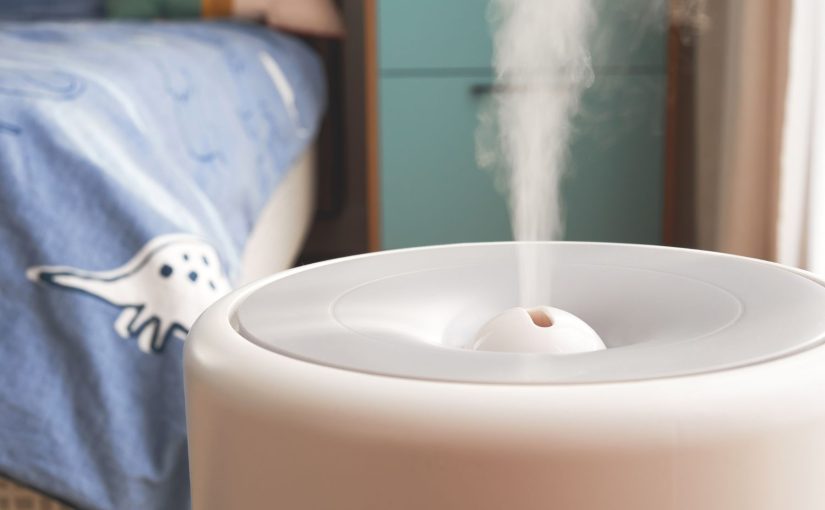

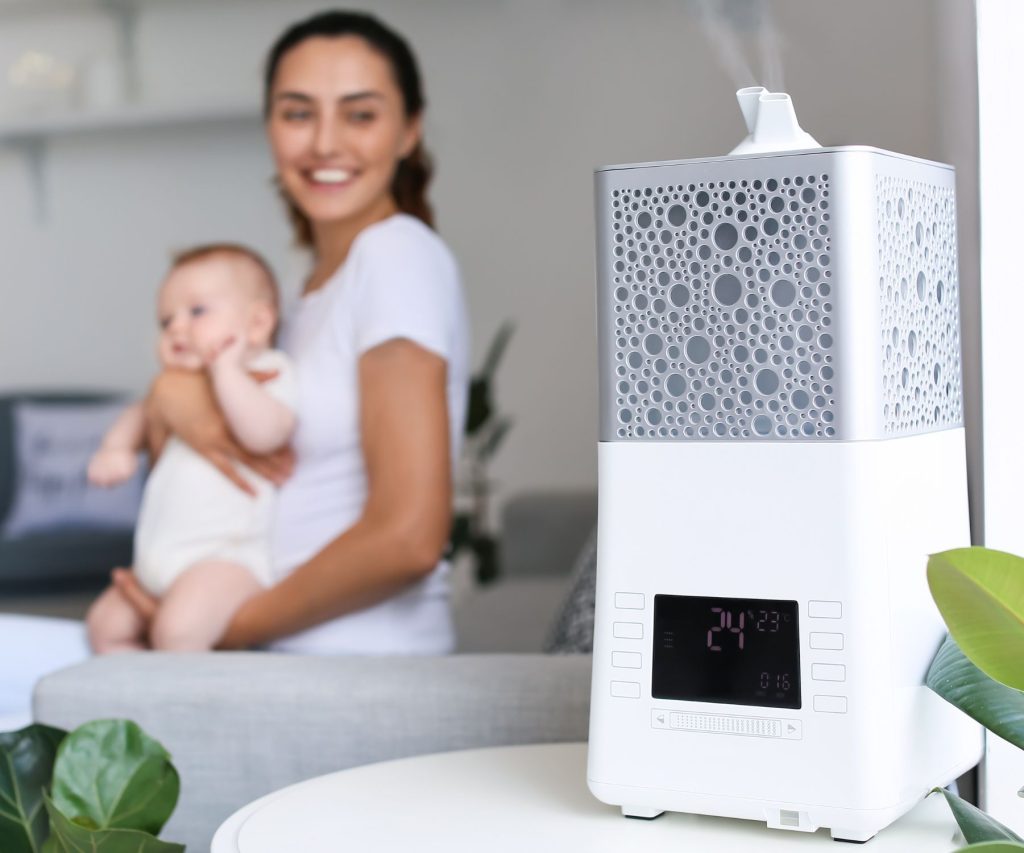 Tips for Optimizing Humidifier Runtime
Tips for Optimizing Humidifier Runtime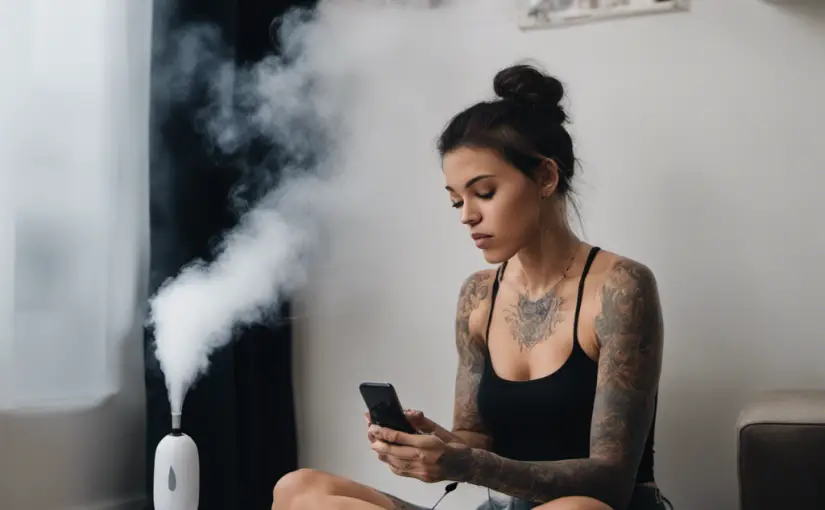



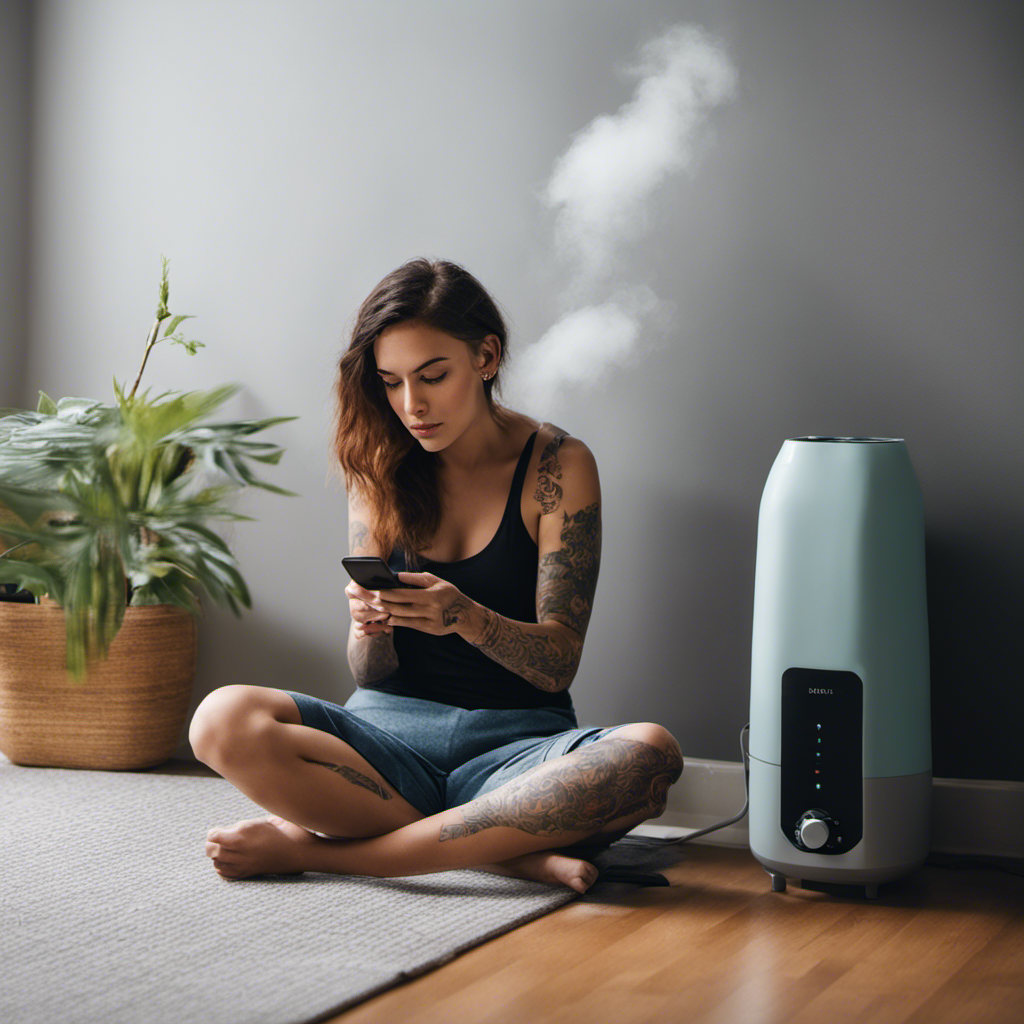 Pros and Cons of Placing Humidifiers on the Floor
Pros and Cons of Placing Humidifiers on the Floor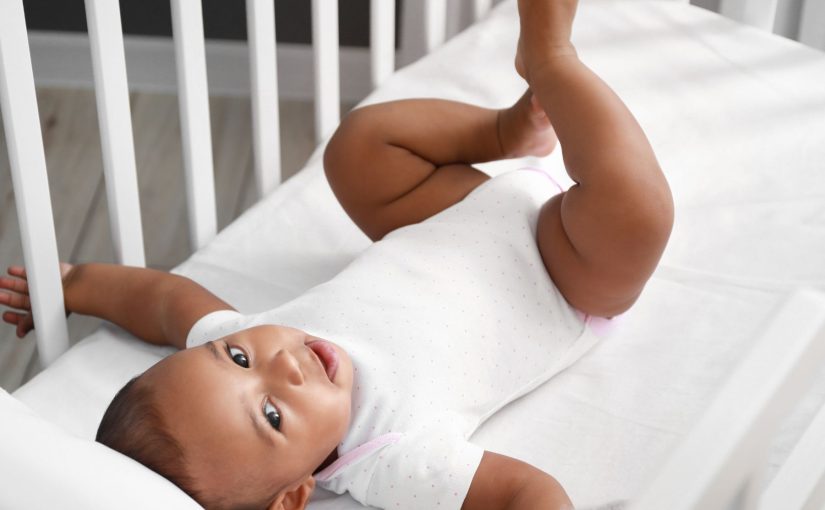

 Conclusion
Conclusion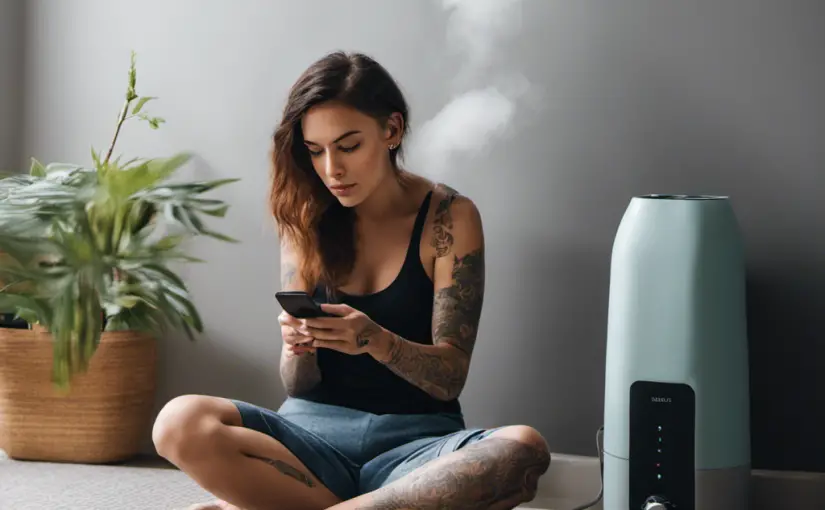

 Signs the Filter Needs Replacement
Signs the Filter Needs Replacement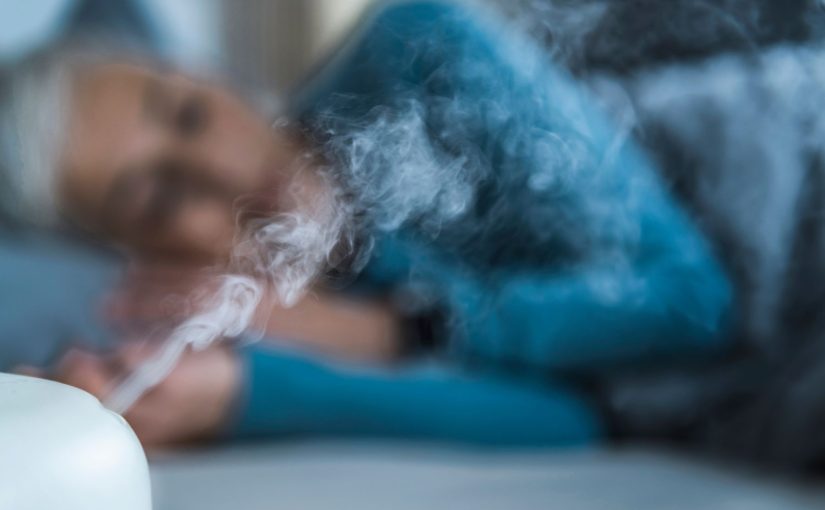
 Safety Tips for All-Night Operation
Safety Tips for All-Night Operation
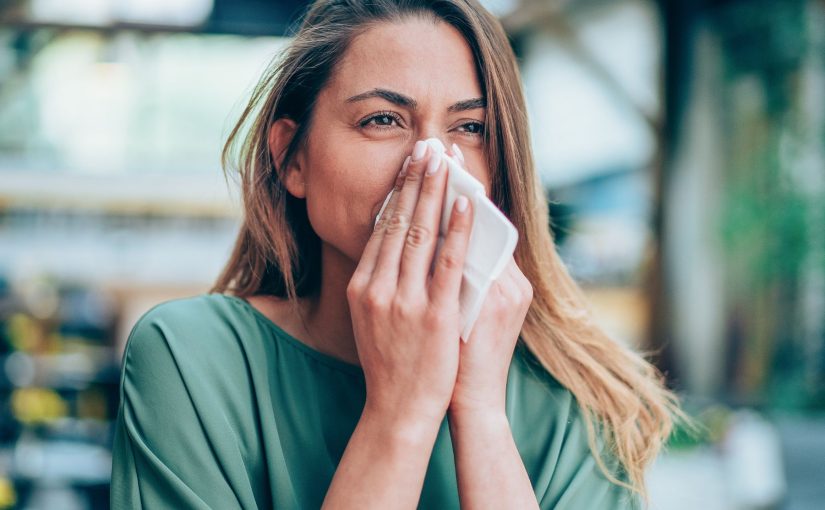
 Tips for Using Humidifiers Safely
Tips for Using Humidifiers Safely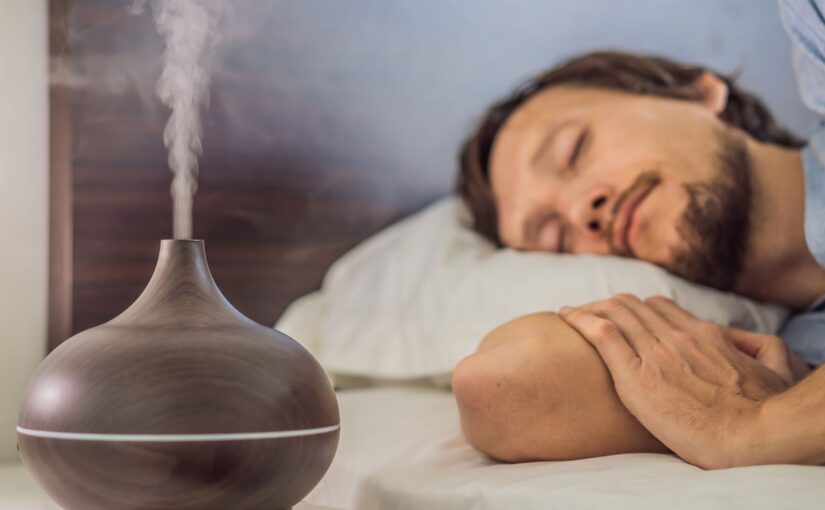
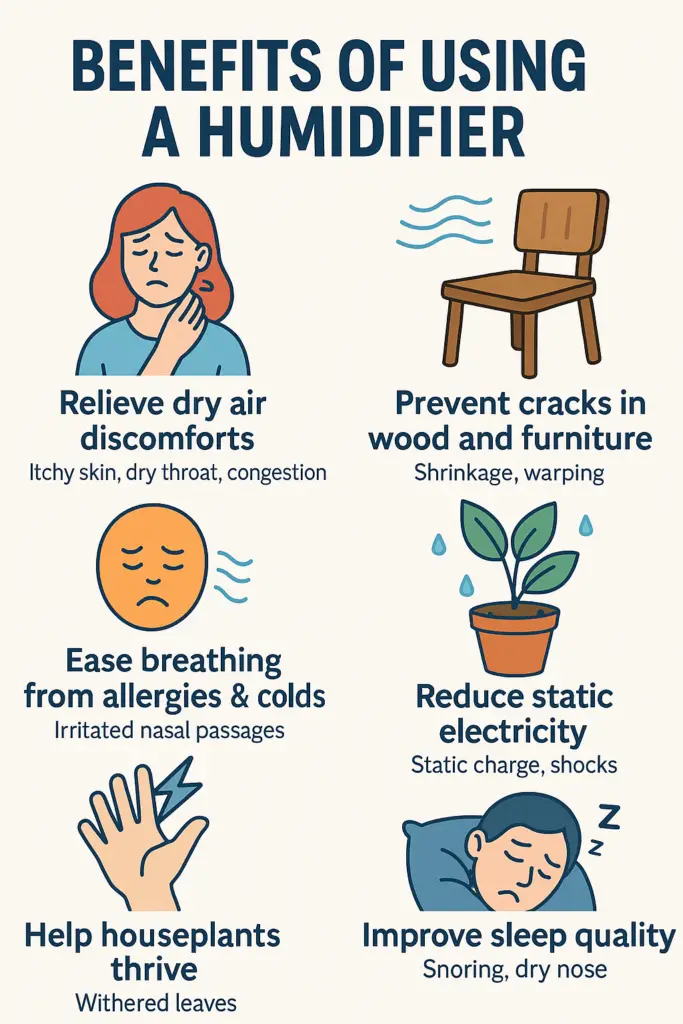 What is Humidity and Why is it Important to Control in Your Home?
What is Humidity and Why is it Important to Control in Your Home?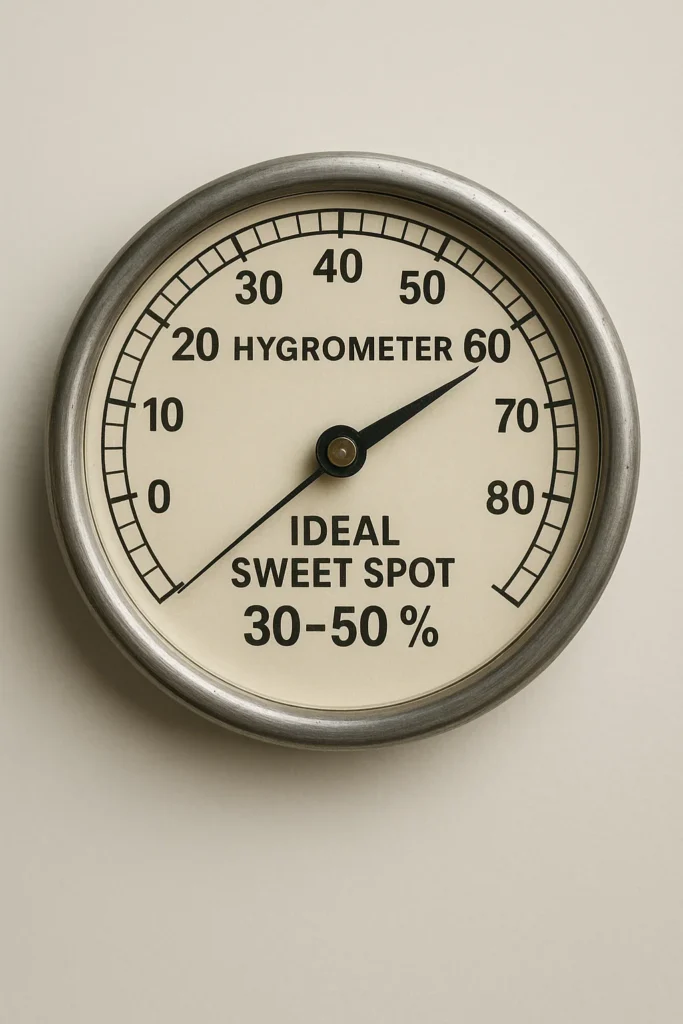 What is the Ideal Humidity Level for Homes?
What is the Ideal Humidity Level for Homes?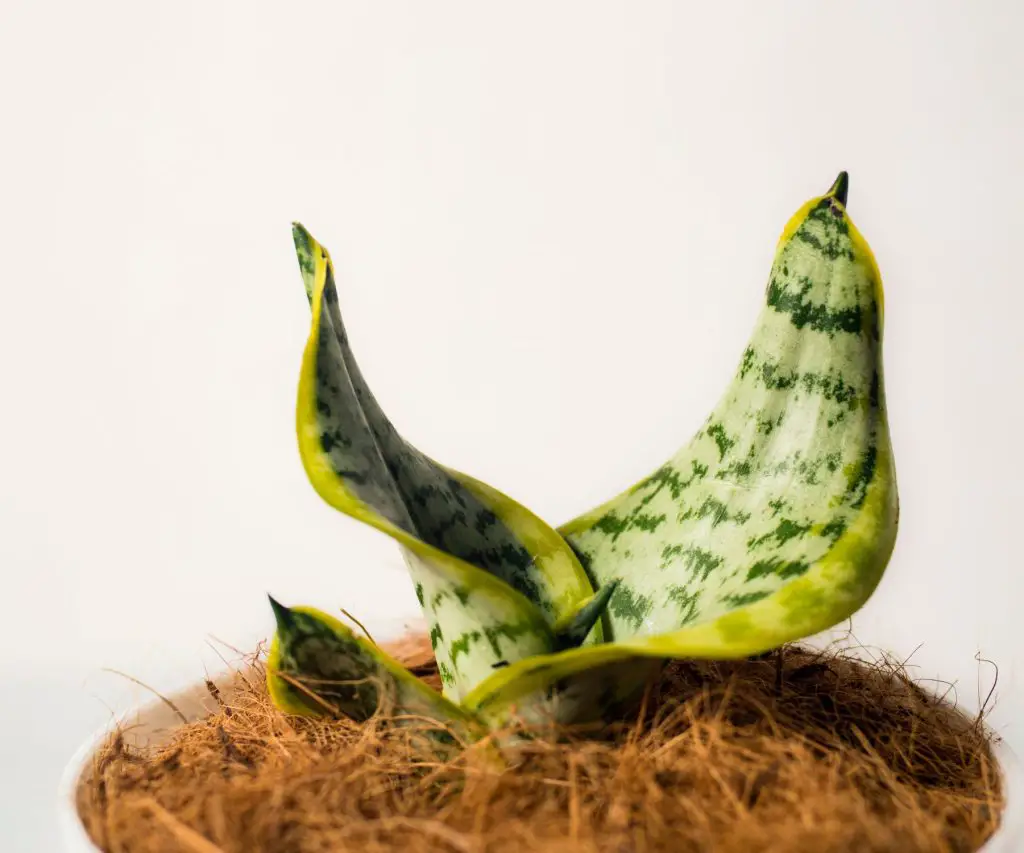 Ways to Increase Low Humidity Under 30%
Ways to Increase Low Humidity Under 30%